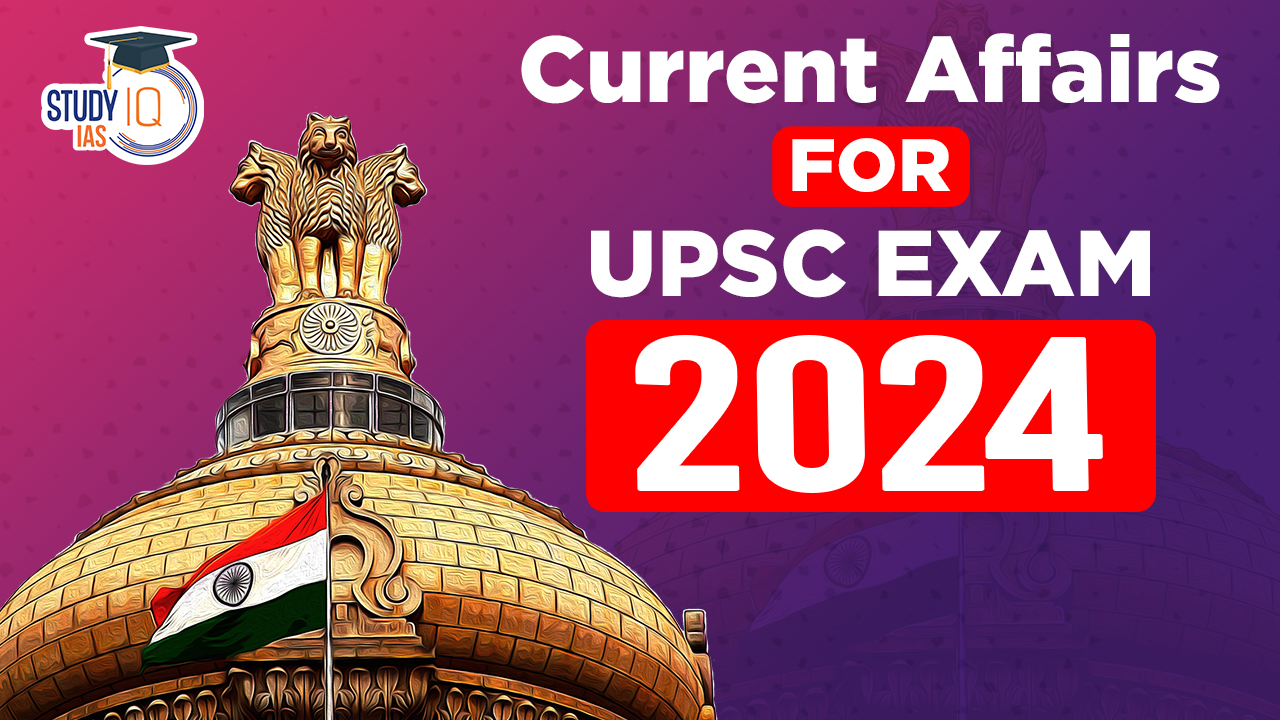Table of Contents
India Russia Logistics Agreement
Context: The Reciprocal Exchange of Logistics Agreement (RELOS) has been delayed for years but is now approved by Russia and awaits final signing by both parties.
About the Reciprocal Exchange of Logistics Agreement (RELOS)
- Background
- Similar to agreements India has signed with other countries
- First such agreement was signed with the U.S. in 2016
- Purpose of the Agreement:
- Simplifies military-to-military exchanges for:
- Exercises
- Training
- Port calls
- Humanitarian Assistance and Disaster Relief (HADR) efforts
- Simplifies military-to-military exchanges for:
- Duration: Will be valid for five years
- Automatically renewed unless either party notifies desire to terminate.
- Defense Cooperation and Benefits
- The cooperation agreement covers interactions between troops and addresses issues related to the supply and development of weapons and military equipment.
- A similar Navy-to-Navy cooperation agreement is also in progress.
- The Indian Navy has significantly benefited from these administrative arrangements, improving operational turnaround and interoperability with other countries on the high seas.
- These agreements have proven to be mutually beneficial for the parties involved.
India-Russia Defence Cooperation
- The India-Russia strategic partnership in defence is guided by the agreement on military technical cooperation, which was renewed for the decade from 2021 to 2031 during the India-Russia 2+2 dialogue in December 2021.
- India purchased various military equipment from Russia such as the S-400 Triumph Missile system.
- Kamov 226 helicopters, T-90S tank to be jointly manufactured under the Make in India initiative.
- Both countries have jointly developed several Defense technologies: BrahMos supersonic cruise missile, Sukhoi Su-30 fighter aircraft, the Fifth Generation Fighter Aircraft (FGFA), and the Akula-class nuclear submarine.
- Joint military exercises between two countries include INDRA and AVI-INDRA & AviaIndra air.
Plutonium Isotope Fission
Context:
- India began the core-loading process of the prototype fast breeder reactor (PFBR) at the Madras Atomic Power Station in Kalpakkam, marking the start of the second stage of its nuclear power programme.
- The first stage used uranium isotopes in pressurised heavy-water reactors to produce plutonium-239 (Pu-239) and energy, while the second stage focuses on plutonium fission.
New Findings on Plutonium-240 Fission and Their Implications
Plutonium-240 (Pu-240) Characteristics:
- When Pu-239 captures a neutron, it has a 27-38% chance of becoming Pu-240 instead of undergoing fission.
- Pu-240, upon capturing a neutron, usually turns into Pu-241.
- There is uncertainty about the energy output when Pu-240 undergoes fission, which requires complex theoretical calculations to estimate.
- Pu-240 undergoes spontaneous fission, i.e. without ‘external’ neutrons striking it first, and emits alpha particles.
- For these reasons, the isotope is considered a contaminant of weapons-grade plutonium, where its composition by weight is restricted to under 7%.
- There are some ways to use higher quantities of Pu-240 to build a nuclear weapon, however.
- Generally, if a mass of plutonium contains more than 19% of Pu-240, it is considered to be reactor-grade rather than weapons-grade.
Prompt Fission Neutron Spectrum (PFNS)
- PFNS refers to neutrons emitted immediately after a nucleus like Pu-240 captures a neutron but before reaching a stable state.
- Only two studies have attempted to measure the PFNS of induced fission in Pu-240.
- The first study used neutrons with energy of 0.85 mega-electron-volt (MeV).
- A recent study by U.S. researchers measured PFNS using neutrons with energy greater than 0.85 MeV.
| Fact |
|
Recent PFNS Study and Findings
- Researchers at the Los Alamos Neutron Science Centre (LANSCE) in the U.S. conducted the second study, using neutrons with energy 1-20 MeV.
- The study used a tungsten disc struck by proton pulses to produce neutrons.
- These neutrons were directed to a chamber containing 99.875% pure Pu-240.
- The setup involved liquid scintillators to track the output.
- The Pu-240 sample weighed 20 milligrams to minimise alpha particle emissions.
Analysis and Results
- Researchers carefully subtracted contributions from spontaneous fission and other sources to isolate the PFNS data for neutron-induced fission.
- Significant differences were noted between predicted and observed PFNS.
- The study also found a higher-than-expected rate of second-chance fission and signs of third-chance fission, though the latter was hard to observe directly.
Impact and Applications
- The study’s findings can update nuclear data libraries like ENDF, JEFF-3.3, and JENDL-5.0.
- These libraries are crucial for nuclear reactor research, radiation shielding design, nuclear medicine, and more.
- The JENDL-5.0 library includes multi-chance fission and pre-equilibrium neutron emission processes. The ENDF/B-VIII.0 and JEFF-3.3 libraries include multi-chance fission but not pre-equilibrium processes.
- The study observed discrepancies in the energy levels and the magnitude of second-chance fission across these libraries.
Relevance to India’s PFBR
- The PFBR uses plutonium from CANDU spent fuel, containing ample quantities of Pu-240. Reprocessed spent fuel from PFBR will also contain Pu-240.
- V. Ramana of the University of British Columbia emphasised the relevance of new information on Pu-240 for India’s nuclear programme.
Examples, Case Studies and Data
Case Study: Coral Reef Restoration at Mnemba Island, Tanzania
Background
- Location: Mnemba Island, part of Tanzania’s Zanzibar archipelago.
- Problem: The coral reef was dying due to climate change, overfishing, and human activities, threatening local livelihoods and prompting potential relocation of islanders.
Conservation Initiative
- Launch: September 2021, by sustainable tourism group &Beyond and non-profit Africa Foundation.
- Methods: Creation of underwater nurseries using steel-mesh tables to grow coral fragments. Local divers trained as conservation rangers tend to these nurseries.
Results
- Restoration Success: 80% of the “house reef” coverage restored. Fish populations are recovering, attracting snorkelers and divers.
- Artificial Reefs: Steel and stone structures placed 3 km off the island to support marine life and tourism.
- Community Involvement: Initiatives discussed and supported by local residents. Example: Atuawa Omar, a female conservation ranger.
Support and Protection
- Government Designation: The seas around Mnemba were declared a protected area in 2022.
- Tourism Management: Tourist visits limited to 80 per day, with increased fees from $3 to $25 to fund preservation efforts.
- Fishing Suspension: Temporary halt on fishing around the house reef to aid restoration.
Broader Impact
- Reduced Illegal Practices: Decrease in dynamite fishing and increased knowledge of sustainable fishing methods.
- Expansion Plans: The Zanzibar government plans to expand the project to 14 other areas with damaged and undamaged reefs.
Conclusion
- Positive Change: The initiative has led to a significant restoration of the reef and improvement in local fishing practices.
- Future Prospects: The project serves as a model for other regions under threat, highlighting the critical relationship between coral reefs and ocean health.


 Monasteries in India: List of Major and ...
Monasteries in India: List of Major and ...
 National Doctor’s Day 2025: History, T...
National Doctor’s Day 2025: History, T...
 Bonalu Festival 2025: Date, History, Rit...
Bonalu Festival 2025: Date, History, Rit...





















